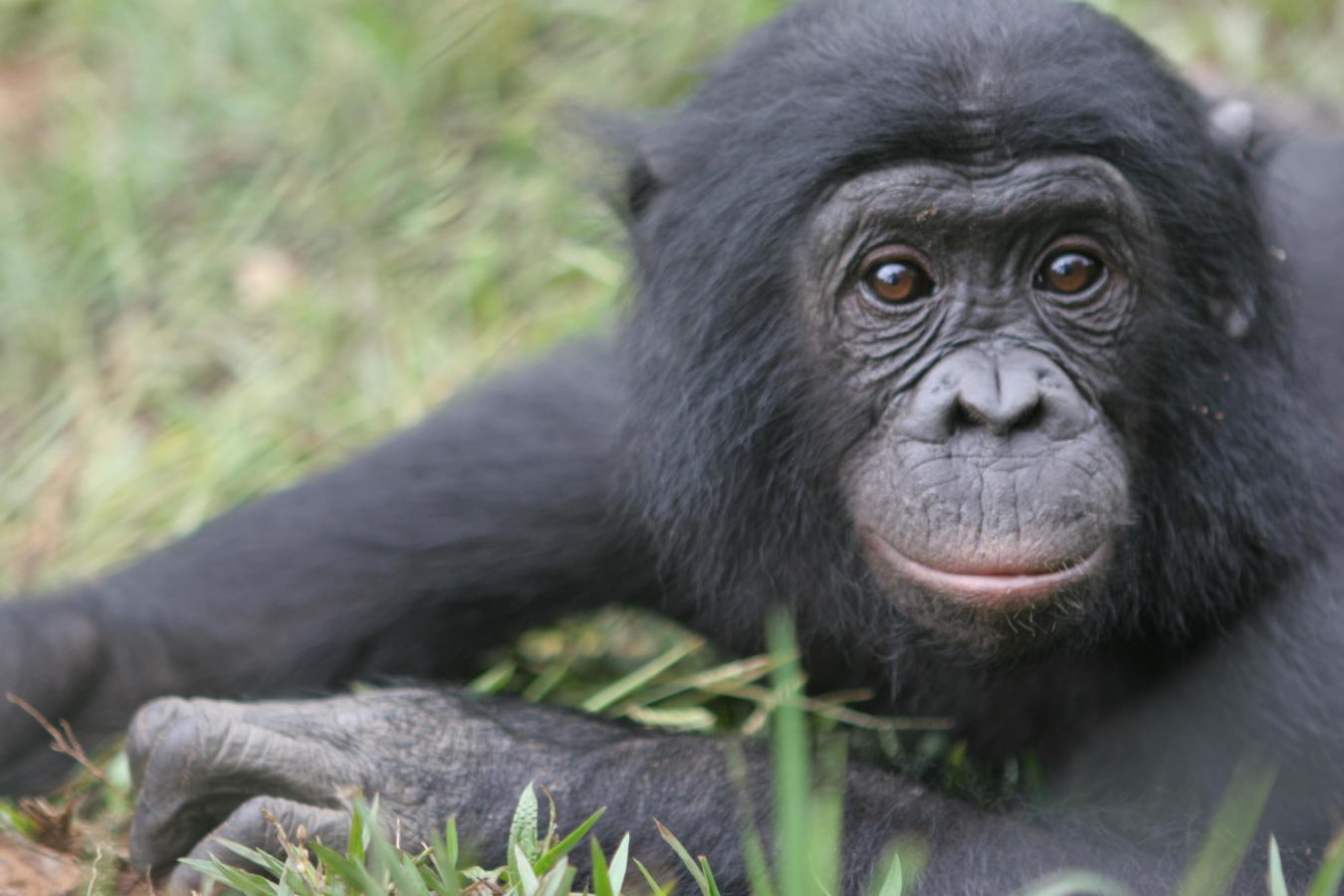In January, FZS and the Congolese Nature Conservation Institute (ICCN) sign a co-management agreement that made FZS Lomami Project Leader the director of Lomami National Park

The Lomami National Park (LNP) covers an area of almost 9,000 km² and is the heart of the 40,000 km² natural landscape between the rivers Tshuapa, Lomami, and Lualaba (TL2). The region is almost completely covered by dense tropical rainforest, which is home to, amongst other species, bonobos, forest elephants, giant pangolins, and hippos. Numerous endemic or rare species have been found in LNP, including Lesula monkeys, Dryas monkeys, Congo peacocks, and Okapi.
- Project: Lomami Conservation Project
- Area Size: 8,874 km²
- National Park buffer zone: 35,000 km²
- Program Manager: Radar Nishuli
- Project start: 2019
- Lomami National Park
- How we support Lomami National Park
- Milestones
- Partners
- back to top
Since 2007, Terese Hart and her team have been exploring and documenting the region in and around Lomami National Park. So far, more than 5,500 km have been covered on foot and by boat. The data is used to improve Park protection and to gain a better understanding of how various animal populations are distributed.
Regular patrols take place in the park, conducted jointly by TL2 project staff (named after the rivers in the project area, Tshuapa, Lomami, and Lualaba) and Congolese Nature Conservation Institute (ICCN) rangers. The patrols are conducted to improve Park protection and to collect data. Data is collected on species diversity and distribution, as well as on the occurrence of illegal activities (such as poaching).
Strengthening the communities in the area is a central component of our conservation work. Together with the local people, we develop alternative, sustainable income opportunities and help involve the communities in the development of the Park. At the same time, we support individual communities in registering their Community Conservation Concessions.
Particularly exciting was the discovery and publication in 2012, of a new species of monkey, Cercopithecus lomamiensis, in the Park on the left bank of the Lomami River. We are now documenting a second unknown species of monkey, also in the Park along the Lomami River. A third unique and recurring primate phenotype has also been found in the park’s northwestern forest.
This amazing mammal diversity seems to be repeated in both floristic and small mammal richness (one new species of plant has been published (Xenostegia lomamiensis) and unusual bats are currently being studied). We expect the TL2 region to continue to reveal unexpected and important biological clues to the poorly understood paleo-environmental history of Congo’s central basin.


In April, the Lomami National Park officially becomes an FZS project

In July, the two provincial parks are united to create DR Congo’s eighth national park, Lomami National Park
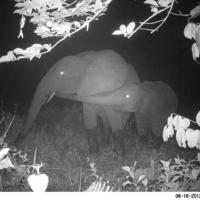
In August, the governor of Thsopo declares a provincial park in the area where the TL2 (Tshuapa, Lomami, and Lualaba) teams had discovered a new species of monkey and an important population of forest elephant

In November, the governor of Maniema announces a provincial park in the area where the TL2 project discovered new populations of bonobo

Based on TL2 team discoveries, and during a large popular assembly in Maniema province in April, the TL2 project and the Congolese Parks Authority (ICCN) launch a campaign together with local government as well as traditional leaders. They work at the village level to teach the importance of protection of Lomami Forests

The first TL2 teams set out to explore the forests of the unknown, middle Lomami River
Successful conservation is always the result of great teamwork. We collaborate with local communities, national authorities, and conservation organizations. Our partners make our conservation work possible.
-
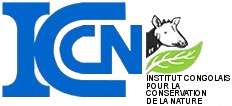 ICCN (L’Institut Congolais pour la coservation de la Nature)
ICCN (L’Institut Congolais pour la coservation de la Nature) -
 U.S. Fish & Wildlife Service
U.S. Fish & Wildlife Service -
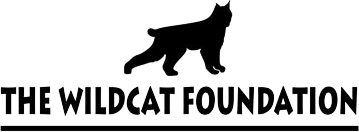 The Wildcat Foundation
The Wildcat Foundation -
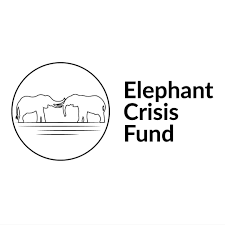 Elephant Crisis Fund
Elephant Crisis Fund -
 Full Circle Foundation
Full Circle Foundation -
 Woodtiger Fund
Woodtiger Fund -
 Rainforest Fund
Rainforest Fund -
 Arcus Foundation
Arcus Foundation






















